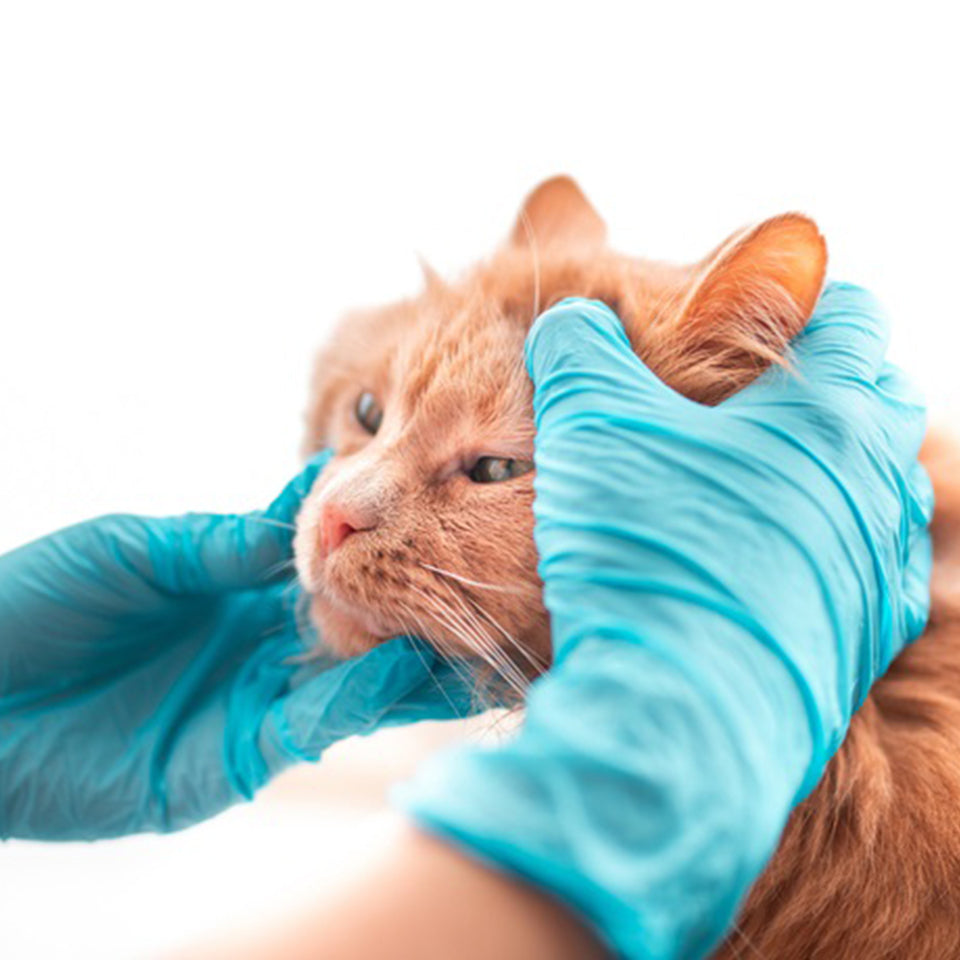What is Anemia?
Anemia is a medical word that describes a decrease in the amount of circulating red blood cells (RBCs), hemoglobin (Hb), or both. It is not an illness in and of itself, but rather the outcome of another disease process or condition.
If you’re not so familiar with these medical terms, here’s a small definition for each of the following:
Red blood cells are made in the bone marrow and released into the bloodstream, where they circulate for around two months. They are eliminated from the bloodstream as they age or become damaged. Their constituents are then reused to create new red blood cells. Because to decreased synthesis or greater loss of red blood cells, the amount of red blood cells may decrease.
Hemoglobin transports oxygen to the body's cells and tissues, and anemic patients have symptoms associated with a shortage of oxygen.

Types of Anemia in Cats
Anemia in cats can be regenerative or non-regenerative
Regenerative Anemia:
The feline bone marrow responds to a decrease in circulating red blood cells by boosting erythrocyte synthesis in regenerative anemia. Cases of red blood cell destruction and bleeding are usually classified as regenerative.
Non-Regenerative Anemia:
Non-regenerative anemia occurs when the feline's bone marrow does not respond to low red blood cell levels by producing new hemoglobin cells. Non-regenerative anemia is frequently defined by bone marrow abnormalities and a decrease in the hormone that encourages the synthesis of erythrocytes.
Symptoms of Anemia
The intensity, duration, and underlying reasons of your cat's anemia can all have an impact on the types of symptoms your furry friend will experience. Some of the most prevalent symptoms are as follows:
- Shortness of breath
- Lethargy or lack of energy
- Rapid breathing
- Loss of appetite
- Jaundice (yellowish color in eyes, skin or gums if red blood cells have been destroyed)
- Pale or white gums
- Increased heart rate
- Weakness
Diagnosis of Anemia in Cats
Complete Blood Cell Count (CBC)
A total blood cell count analyzes the quantities of red blood cells, white blood cells, and platelets, which gives the veterinarian crucial information.
Hematocrit or PCV (Packed Cell Volume)
The percentage of blood volume occupied by erythrocytes, which offers essential information about the blood's ability to carry oxygen, is measured.
Blood Smear
A blood smear is a test used to detect variations in the size and shape of blood cells.
Bone Marrow Aspirate Biopsy
The act of extracting bone marrow from inside the bones for examination using a fine needle.

Treatment of Anemia in Cats
The treatment for anemia will differ based on the cause.
- Treatment for parasites or viral diseases may be critical in some circumstances to halt the loss or death of red blood cells. Steroids and other immune-modulating medications are vital in the treatment of immune-mediated illnesses.
- In severe cases of anemia, a blood transfusion may be required to restore red blood cells that have been lost or damaged while the underlying illness is being treated.
- In the case of chronic kidney illness, certain medications must be administered to assist stimulate the formation of new red blood cells in the bone marrow by replacing erythropoietin, which is normally produced in the kidneys.

